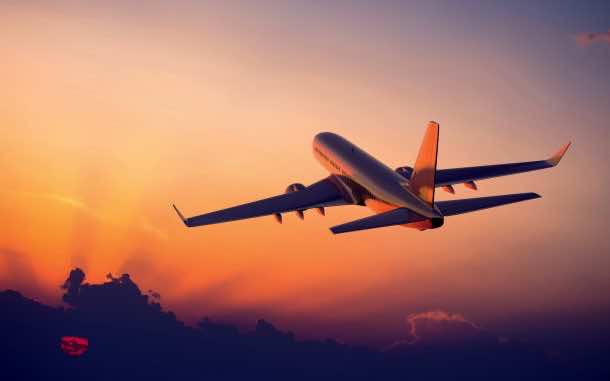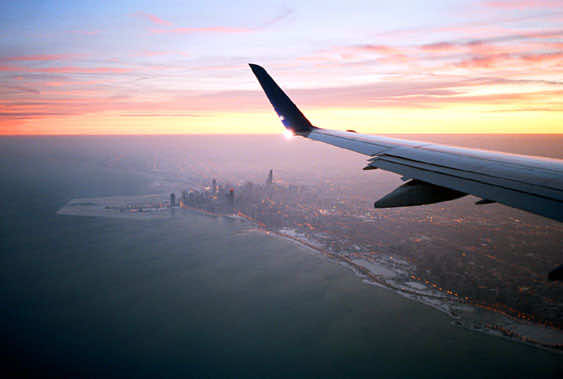Disturbed sleeping patterns, constant fatigue and disturbed digestive system- that’s jet lag for you. Jet lag is a menace no matter where you are headed. For those who fly regularly, they know that our body clock seems to take way longer to recover when we are flying east instead of west.
Jet lag occurs when the brain cells that regulate our circadian rhythm (a roughly 24 hour cycle in the physiological processes of living beings; internal clock), called neuronal oscillator cells (or pacemaker cells) can’t adjust to our new time zone fast enough, sleep pattern, messing up our metabolism, and pretty much everything else on the first few days of our arrival. In normal conditions, these cells move in a coordinated pattern stimulated by regular exposure to light. During travel, however, this exposure is thrown off. When we talk about jet lag’s severity it’s not just the amount of time zones crossed that impacts recovery time, but also the direction someone’s travelling.
In a recently published study in Chaos, Physicists from the University of Maryland have finally been able to explain how our brain cells respond differently depending on the direction we’re travelling with the help of a mathematical model.
How Circadian Rhythm and Pacemaker Cells Affect Jet-lag Recovery:
Until recently, the general rule was to give yourself a day of recovery per time zone travelled. Now, while that may be true for travelling west, the study mentioned earlier suggests that the rule does not apply if you are travelling east. The explanation is that the pacemaker cells of the brain do not follow the exact 24-hour cycle. Circadian rhythm actually clocks in an extra half an hour making it a 24.5 hr cycle
“Some people may have a natural circadian rhythm with a period of 24.5 hours, while others may have longer or shorter natural rhythms,” said lead researcher Michelle Girvan, from the University of Maryland. “Our model suggests that the difference between a person’s natural period and 24 hours controls how they experience jet lag.”
Our body’s circadian rhythm works as a built-in clock that runs for a little longer than 24 hours. Everyday our body attempts to adjust to this cycle. When we journey west, our day is extended which allows more recovery time to the body to adjust to its innate cycle. But when we journey east, our day is shortened giving us even lesser time to adjust to our natural cycle which results in the jet-lag.

Why Some People Recover Faster?
The model also explains why some people can cope with jet better than others – they likely have slight variations in their natural brain cell cycle- depending on parameters like how sensitive an individual is to sunlight, cloudiness, geographical latitude, and seasonal factors. For example, people with circadian pacemaker cells that are more sensitive to external light signals should recover from jet lag faster than those with less sensitive pacemaker cells.
Results of Mathematical Model:
The results support the conventionally held east-west dichotomy: For a westward trip, it would take a person 3-3.5 days to recover from a trip across 3 time zones, and 6 days to recover from across 6 time zones whereas, roughly eight days to recover in case of 9 time zones
For eastward travel, the recovery periods were relatively longer. 3 time zones takes more than 4 days, 6 time zones require around 8 days and finally 9 time zones need at least 12 days. (Avoid travelling to Australia!)
Tips to Recover From Jet-lag:
- Sleep well the night before travel
- Book an early morning flight
- Don’t drink alcohol, it interferes with sleeping cycle. But keep yourself hydrated
- Alter sleeping schedule by sleeping an hour earlier each night, starting three days before you leave on an eastbound trip.
- Get as much early-morning sunlight as you can. Light is the most potent tool for adjusting your body clock. If the destination is very cloudy or the traveller must spend a lot of time indoors, an artificial light source must be used during the daytime hours.



